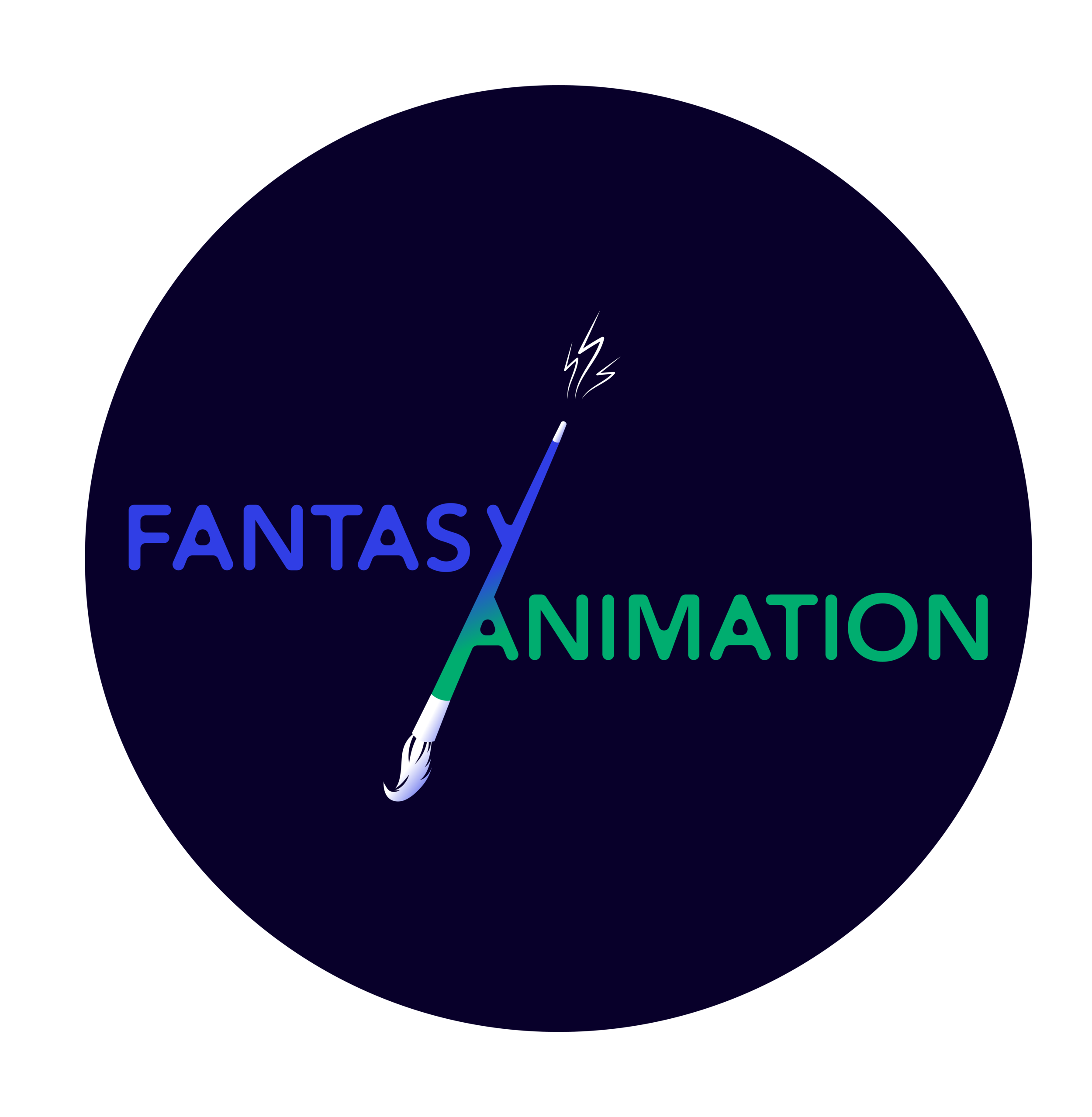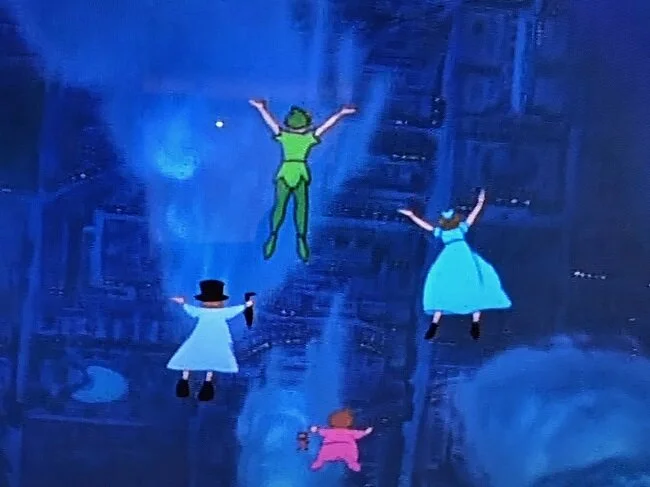Animation is usually mentioned in the review section of a newspaper, and non-English language animation aimed at children is generally ignored all together. This was not the case with the new Danish children’s television program John Dillermand, which jumped into non-Danish consciousness in a news story published in The Guardian and on CNN in the first week of January 2021.
Read MoreLast summer, SpongeBob came out—in a way. On June 13, 2020, Nickelodeon, the longtime home of SpongeBob SquarePants (Stephen Hillenburg, 1999-), wrote that it was “Celebrating #Pride with the LGBTQ+ community and their allies,” setting a rainbow-tied SpongeBob alongside trans actor Michael D. Cohen (of Henry Danger [Nathan Kress, 2014-2020] fame) and the bisexual animated character Korra (first seen on Avatar: The Last Airbender [Michael Dante DiMartino and Bryan Konietzko 2012-2014]) in a much-favourited tweet.
Read MoreIn recent years, a number of scholars have pointed out the applicability of the concept of queerness to different forms of animation (Wood 2008; Halberstam 2011; Maier 2018; Ruberg 2019; Ruberg 2020). As Kodi Maier (2018) has suggested on this very blog, fantasy/animation and queerness are all connected by the ways in which they bend, break and question our concepts of the real and the normal, respectively.
Read MoreFeaturing Pixar’s first LGBTQ+ lead, Out (Steven Clay Hunter, 2020) is a delightful, whimsical tale of love and queer identity. The short plays out as a comical exploration of the challenges faced by Greg, its lead character, when he finds himself about to be prematurely outed to his parents. Premiering on Disney+ in 2020, Out provides a rare instance of LGBTQ+ representation in the world of Disney (by way of Pixar).
Read MoreFrozen’s (Chris Buck & Jennifer Lee, 2013) protagonist, Elsa, is easily the most obviously queer-coded heroine in Disney’s princess films. Both academic analyses and media outlets, as well as a robust part of her fandom, have argued as much (see, for instance, Charania and Albertson 2018; Mason 2019; Rose 2020).
Read MoreGive Us a Smile (1983) is an animated short film (with some live action elements) made by Leeds Animation Workshop, a West Yorkshire based cooperative of women filmmakers and animators founded in 1978 which continues to operate today, producing and distributing animated films on a number of different social education issues.
Read MoreIn many ways, 2020 is a year marked by many different intertwined sources of grief: all the different kinds of loss associated with a global pandemic and its effect on daily lives; the political and economic situations that have forced a reckoning with an acknowledgement of a loss of idealism – that maybe we aren’t, and never have been, the enlightened society we (the Western European and North America, the Anglophone West in particular) have considered ourselves to be.
Read MoreThe films of postwar Hollywood often featured wanderers, characters who were “trying to leave behind the tensions of a modern world for the clarity of another place; a place outside history” (Polan 1986, 264). While this character type and narrative structure primarily materialised as a foray from urban spaces out to the country or a transatlantic trip to a different continent, occasionally the stresses of the world merited a journey completely outside reality, depositing characters into fantasy realms.
Read MoreIf the narrative of Soul sounds complex, that’s because it is. In a similar vein to Pixar’s Inside Out (Pete Docter, 2015), which explores the abstract concepts of emotions (and, specifically, emotional development) through animation, Soul explores existentialism and the many manifestations of what having a soul can really mean, as well as how these connect to the idea of our lives having a specific “purpose” that we were born to fulfil.
Read MoreWhen Tim Burton’s Nightmare Before Christmas (Henry Selick, 1993) first hit cinemas in 1993, its status as a Disney film was not immediately clear. The film was released via Disney’s Touchstone label and the Company was initially concerned about the “dark tone and potential negative reception of the film’ (Burger 2017, 110).
Read MoreThe idea of the film star is bound up in the idea of ‘pure entertainment’ in two ways: a sense of an ideal world in which dilemmas and conflicts are harmoniously resolved, and in terms of the ways in which film stars offer audiences an idealised and intensified set of behaviours. With that in mind, one of the ways the 1995 fantasy film Jumanji (Joe Johnston, 1995) holds our interest is how it is the ‘authored’ work of a film star: in this case, Robin Williams.
Read MoreAllowing for the unanticipated to occur and offering “a particular field for rethinking the relation of the virtual as not opposed to the real, but as wholly real in itself” (Thain 2016, 5), the medium of animation is able to go beyond reality, and (in so doing) allows new artistic expressions at the intersection of body and movement, the renegotiation of the human being and its relationship to machines, and experimentation with the cultural meaning of science and technology.
Read MoreDuring October 24th-26th 2020, the Kotatsu Animation Festival held its 10th anniversary festival. Sponsored by Japan Foundation London and hailed as Wales’ premiere event for Japanese animation, this year’s event was held online due to the Coronavirus pandemic, with showings of the festival films live on the Kotatsu Japanese Animation Festival YouTube channel and several Zoom Q+A’s and workshops were held.
Read MorePixar’s Toy Story (1995-2019) series explores a landscape full of plastic. Most of the main characters are plastic. Sheriff Woody isn’t made out of wood at all; his head, hands, and boots are all plastic. Mr. and Mrs. Potato Head, and their many anatomical add-ons, are plastic. T-Rex is plastic. The little soldiers are plastic, as are their parachutes. Mr. Spell’s outer shell is plastic. And Buzz Lightyear, when he first arrives in Toy Story (John Lasseter, 1995), is the shiniest, newest, most gorgeous piece of plastic anyone has ever seen.
Read MoreCartoon Saloon has carved out a niche in the indie animation scene. With the exception of The Breadwinner (Nora Twomey, 2017), which was adapted from the Deborah Ellis book of the same name, all of the Irish animation studio’s films have drawn their influence from Celtic myths and legends. Various fantastical creatures, from faeries to selkies, are woven into the fabric of the stories they tell.
Read MoreI was always described as a child with her head in the clouds. Mine was a military family that moved from place to place every few years, traveling across the country. I was too young to stay connected to old friends each time we moved, so being continuously friendless wasn't unusual. One of my earliest memories was learning to adapt and make space for myself. I learned quickly that the most consistent friend I would ever have was myself.
Read MoreQuantum LOGOS (vision serpent) is an immersive reactive film that uses Mesoamerican culture as inspiration for design ideas that explore the basics of quantum mechanics. This project uses abstract animated imagery to metaphorically represent the quantum world. I use this approach because of the parallels that are evident between Mesoamerican art and philosophy and the quantum mechanics vision of the nature of reality.
Read MoreThere is considerable scrutiny of the politics of representation in Disney’s animated screen musicals. With appalling depictions of faceless African American workers in “Song of the Roustabouts” in Dumbo (Ben Sharpsteen, 1941), controversy about the representation of indigenous Americans in Pocahontas (Mike Gabriel & Eric Goldberg, 1995), and lightening the skin of Princess Tiana in Ralph Breaks the Internet (Rich Moore & Phil Johnston, 2018), there have been ongoing questions about limited, fetishized, and often racist characterisations of people of colour in the studio’s films.
Read MoreKipo and the Age of Wonderbeasts (Radford Sechrist, 2020-) is a colourful, post-apocalyptic animated adventure series based on the webcomic Kipo, which debuted on Netflix in early 2020 to much critical acclaim (Fig. 1). The story follows the titular Kipo, a 13-year-old “burrow girl” who finds herself thrust from the safety of her underground home to a surface world filled with talking, anthropomorphized animals, or “mutes,” as well as titanic, kaiju-sized “mega mutes.”
Read MoreAt Annecy 2020, Women in Animation held a digital summit on the theme ‘Reimagining the Future: Race, Solidarity and the Culture of Work’. At the panel ‘Black Women in Animation: Looking to the Future’, moderator Jamal Joseph from Columbia University asked, ‘What needs to happen now? How do we get more women in animation and how do we get more women of colour in animation and film?’
Read More



















